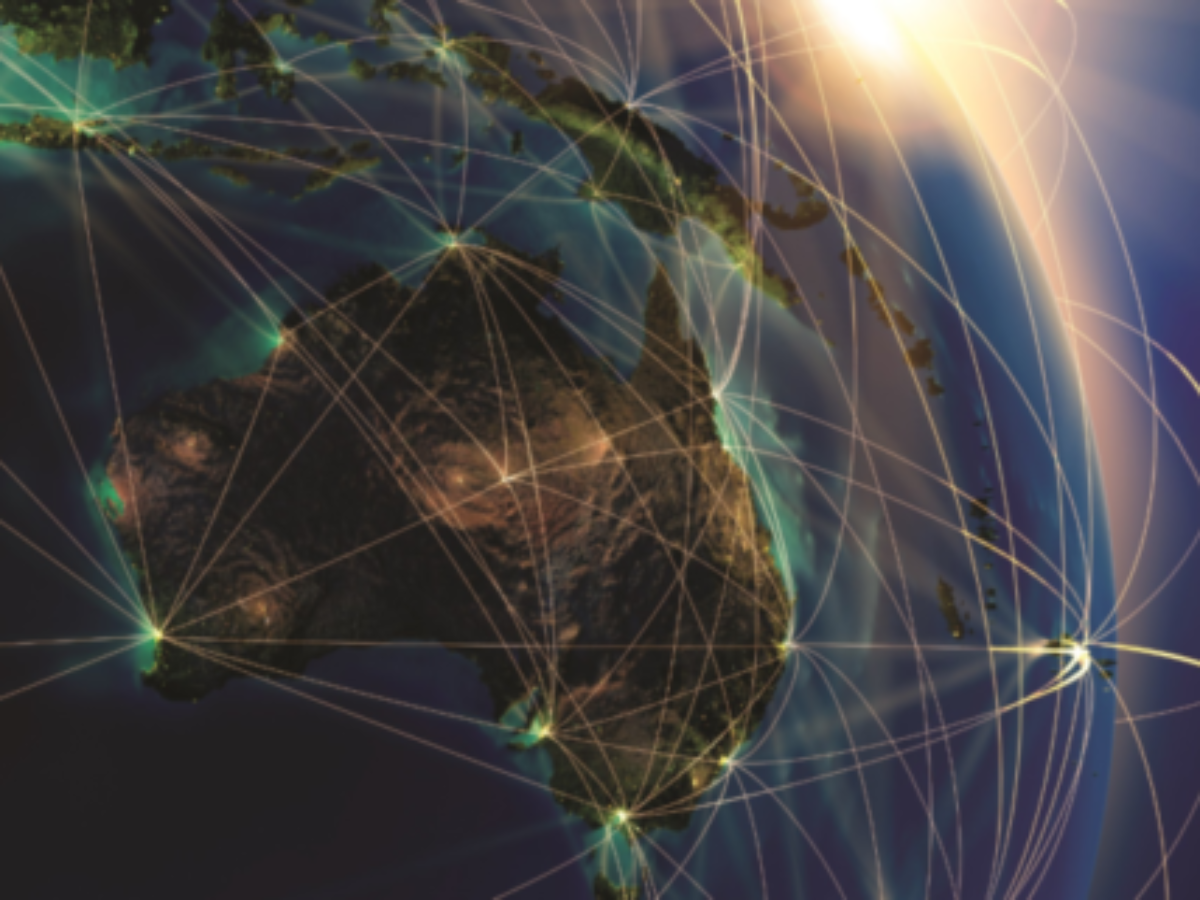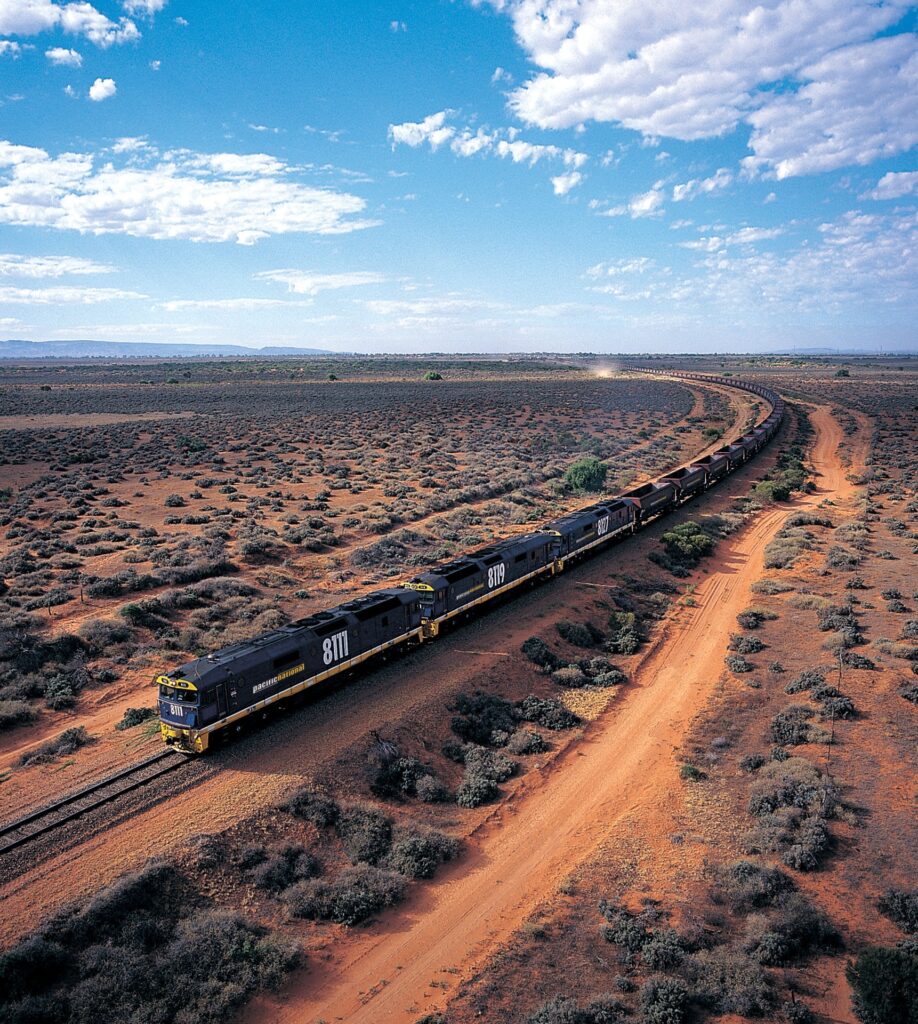No more sleepwalking on manufacturing: Who are the budget’s big winners?

“A better future for Australia must mean a future made in Australia,” Treasurer Jim Chalmers said at the launch of the latest budget.
The 2022 budget delivered a series of wins for Australian industry, targeting the creation of a better foundation for future STEM students, a commitment to cleaner and cheaper energy, and an eye to rebuild industry.
“No more sleepwalking while other advanced economies seize new opportunities,” Chalmers said
“No more surrendering industries and jobs overseas.”
He has endeavored to keep to his word, with the 2022-23 budget highlighting the industry’s importance to Australia’s ongoing economic stability.

Treasurer Jim Chalmers said Australia must be a country that makes things again.
The combination of a broad $15 billion National Reconstruction Fund – aimed at diversifying and transforming industry – as well as direct grants are helping to boost Australia’s manufacturing capabilities.
The government has slated about $1 billion of the National Reconstruction fund to grow advanced manufacturing and up to $3 billion to accelerate its Powering Australia Plan to invest in clean energy component manufacturing; hydrogen electrolysers and fuel switching; agricultural methane and waste reduction; and green metals.
As part of its aim to reduce emissions, the government is also supporting small to medium enterprises to help them decarbonise their operations through more efficient energy use.
It has pegged around $62.6 million over three years for these SMEs to support upgrades to more energy-efficient equipment.
The budget papers said, “The funding will support studies, planning, equipment and facility upgrade projects that will improve energy efficiency, reduce emissions or improve the management of power demand.”
The Department of Industry, Science and Resources will also get a boost, receiving $13.5 million over four years to help “strengthen coordinated policy capability to identify, assess and support Australian development of critical and emerging technologies”, the budget papers said, as part of its wider push to develop “talent and leadership in Australian science and technology”.
Manufacturing on the move

The government is aiming to boost Australia’s rail manufacturing capabilities. Image: Pacific National
The domestic rail industry has been boosted with the implementation of a National Rail Manufacturing Plan.
About $14.2 million has been allocated over four years to develop a plan to ensure more trains are built in Australia.
“It will support the rail industry and skilled manufacturing jobs by ensuring more trains are built in Australia,” Minister for Industry and Science Ed Husic said.
“This includes establishing the Office of National Rail Industry Coordination (ONRIC) in the department. ONRIC will deliver a National Rail Procurement and Manufacturing Strategy, in consultation with state and territory governments and rail industry stakeholders.
“The Government will also appoint a Rail Supplier Advocate to help manufacturers identify procurement and export opportunities, and establish a Rail Industry Innovation Council to support the rail manufacturing industry.”
Sydney’s most recent, fully-automated, driver-less metro trains were designed in France and assembled in India, while the city’s troubled trams were built in Spain.
The Australian Manufacturing Workers Union (AMWU) celebrated the support of domestic manufacturing.
“It’s very welcome news that the Albanese Government is prioritising the local rail manufacturing industry,” AMWU national secretary Steve Murphy said.
“We’re looking forward to working with the Government to make sure Australian rail manufacturing workers benefit from the National Rail Manufacturing Plan to the fullest possible extent.
“We’re keen to build on that commitment so that all forms of public transport – not just trains – are built in Australia. Our transport manufacturing workers are some of the best in the world. It makes no sense for governments to buy train carriages and trams from overseas, especially when they keep breaking down, cracking or come with major safety flaws. Nothing that looks like a train, tram, bus or ferry should be coming off ships from elsewhere.”
Read on to find out who are some of the other big winners under the budget
- $50 million to upgrade the Nyrstar Hobart zinc smelter in Tasmania. This funding will be used towards constructing a new $400 million electrolysis plant. Nyrstar said this investment will help secure the long-term sustainability of 1300 direct jobs. The project, also supported by the Tasmanian government, will take 28 months to complete and employ 200 people during the peak of construction.
- $17.2 million to establish a pilot Food Manufacturing Innovation Hub on the Central Coast of New South Wales. The hub, based at Lisarow, would be located near a mix of local and national food and beverage manufacturers, such as MasterFoods, Sanitarium and Sara Lee. The hub would create around 200 new ongoing jobs in food product manufacturing.
- $12.6 million to support Cytiva’s Springfield BioPark project in Ipswich, Queensland. Located near the University of Southern Queensland, this project aims to create a space where multiple biologic industries can co-locate, with four distinct bio-manufacturing facilities with specialist storage available. It has the potential to offer a ‘fill and finish’ module where bulk products are prepared for use in pharmacies.
- $11.1 million to support upgrades to Ingham’s Sorell poultry facility in Tasmania. This funding will be used to help Ingham’s implement a carbon-zero business model at the site.
- $10.1 million to support Flinders University’s Factory of the Future in South Australia. This initiative aims to work with more than 200 SMEs to build their technological capabilities and help them gain a foothold in critical supply chains.
- $6.1 million to upgrade the Waverley Wool Mill in Launceston, Tasmania, transforming Australia’s oldest working textile mill into a modern facility with sustainable wool recycling capabilities.
- $2.1 million to support a feasibility study to replace the coal-fired boiler at the Norske Skog Boyer mill in Tasmania.
- $2.1 million to support an expansion of the Costa Group berry distribution centre in East Devonport, Tasmania.
- $1.3 billion for Australia’s space sector capabilities.
- $83.1 million for Australia’s circular waste economy, including improving reforming the regulation of packaging by 2025 to ensure all packaging made in the country is designed to be recovered, reused, recycled and reprocessed.
Topics Manufacturing News
@aumanufacturing Sections
Analysis and Commentary Awards Defence Manufacturing News Podcast Technology Videos






